1. Bakery spend has grown by 11.5% year on year
2. Surging prices present opportunity for convenience stores
3. One in four consumers has encountered hygiene issues with self serve coffee machines
4. Oat milk is the most popular dairy alternative from self-serve coffee machines
5. Seasonal flavours are a key opportunity

1. Bakery spend has grown by 11.5% year on year
Bakery sales are flying in convenience stores. Buoyed by the trend for shoppers replacing more expensive experiences in cafes and restaurants with affordable treats in local shops, the category is driving sales and profits for independent retailers.
“According to the most recent data from Kantar, total bakery spend has grown by 11.5% [excluding cakes], mainly due to pricemarked packs (13.3%) [Kantar],” says Phil Carratt, head of marketing & strategy at Country Choice.
“Within in-store bakery, sweet products are in growth, driven primarily by Viennoiserie such as croissants, Danish pastries, and pains au chocolat.”
Retailers report the category is in rude health, with consumers reverting to favourites to lift their spirits throughout the day. Trudy Davies, owner of Woosnam & Davies News in Llanidloes, Powys, says: “Customers are shifting back towards what’s traditional and nostalgic for them. They’re buying battenburgs, custard slices or Belgian buns, instead of modern pastries or ‘trending’ flavours.
“We have always tried new things, but ultimately, customers have always transitioned back to more traditional options.”

2. Surging prices present opportunity for convenience stores
At the start of the year, Pret A Manger pushed up its prices by 18%, while Costa increased prices for the third time in 15 months in May, alongside making changes to its loyalty scheme. Their shoppers now need to spend an extra £7.80 to qualify for a free drink. Research by World Coffee Portal revealed in January the average 12oz latte now costs £3.25, up 33p vs a year ago.
While machine coffee prices have also been creeping up, they remain significantly lower than their coffee shop counterparts and therefore a more economic solution for consumers watching their spending.
Amy Sohal, who runs Ken’s Convenience Store (Premier) in Winsford, Cheshire, has a Robert’s Bakery concession in store, supported by a Costa machine (pictured). “Customers often come in to buy coffee and a pastry in the morning because we offer good value and convenience,” she says. “We’ve noticed customers want to buy products from local businesses more often. For example, we work with a local cake maker and customers love them.”
Despite the higher prices that can come with local products, shoppers are still prepared to trade up for unique lines to treat themselves.

3. One in four consumers has encountered hygiene issues with self serve coffee machines
The number of coffee vending machines grew by 11% to reach an estimated 20,771 in the UK (World Coffee Portal) with Costa Express being the largest operator, followed by Absolute and We Proudly Serve Starbucks.
Petrol stations remain the most popular locations for buying hot drinks to go, with convenience stores the second – ahead of supermarkets.
However, poor maintenance and hygiene are major factors that are putting consumers off and stunting growth. One in four consumers say they have encountered a machine that was too unclean to use in the past year (World Coffee Portal). Two in five have found a machine that was out of service (ibid).
Costa claims that its Express machines are “incredibly easy” to restock and clean, taking staff only 30 minutes per day to maintain.
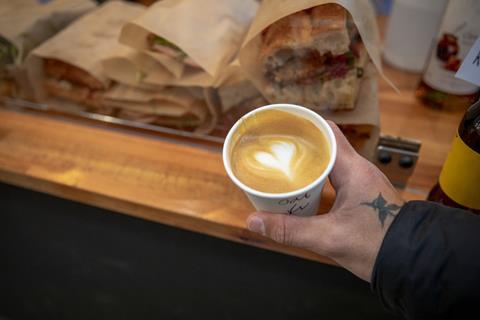
4. Oat milk is the most popular dairy alternative from self-serve coffee machines
17% of consumers surveyed in The Automation Report 2023 have ordered a hot drink with a dairy alternative from an in-store machine in the past 12 months, according to World Coffee Portal, which conducted the analysis.
The report found that oat milk is the most preferred milk alternative for a premium vending and self-serve machines for 50% of consumers. dairy alternative, its popularity is higher than the following four alternatives combined – soya, almond, coconut and hazelnut.
Interest in oat milk has grown rapidly in the past five years. Research cited by Finnish milk alternative brand Oddlygood shows Google searches related to the topic have grown by 400% since 2018, peaking in January this year. The brand, which has recently been listed by Delice de France as its preferred oat drink supplier, is investing in a pipeline of limited-edition flavours, to help retailers tap into seasonal flavours, such as pumpkin spice and cinnamon roll.
Amy has witnessed demand from coffee shoppers for milk alternatives at Ken’s. ”Customers are asking for lacto-free so they can enjoy coffee drinks,” she says.
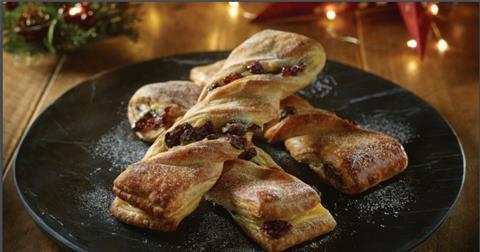
5. Seasonal flavours are a key opportunity
Seasonal flavours are one of the biggest trends shaping the hot drinks market. High street coffee shops have already brought back their winter line ups, with flavours such as peppermint mocha, chestnut lattes and of course pumpkin spice returning to menus.
Costa is introducing a Sticky Toffee flavour to its Express machines this winter, while Shell has the exclusive on Roasted Hazel Costa lines.
Amy says: “We’ve noticed customers want us to replicate seasonal flavours they see elsewhere, so we’re trying to find a way to source them.”
“I find people want more of an occasion or experience with their coffee,” adds Trudy. “Customers are realising the important of self-care, work life balance, etc and are using coffee and hot drinks as a way to help make their day just a little more special.”
It isn’t just coffee that can benefit from seasonal variants. Country Choice has released a thaw and sell 85g Sticky Toffee Loaf for Christmas, as well as Cranberry Twist pastries (pictured), Mince Pies, and Chocolate Cupcakes, which it claims are “a perfect winter treat to accompany your customer’s coffee”.
Says Trudy: ”Tastes are seasonal, so this time of year, customers want comfort food.”
By reflecting these trends in store, retailers can continue to drive sales and profits from the lucrative hot drinks and bakery market throughout winter and beyond.




















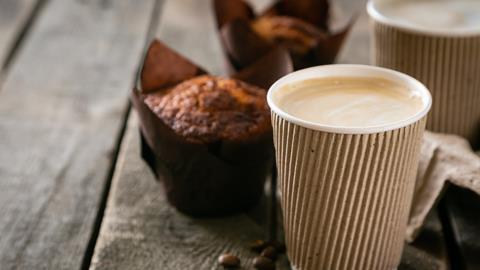
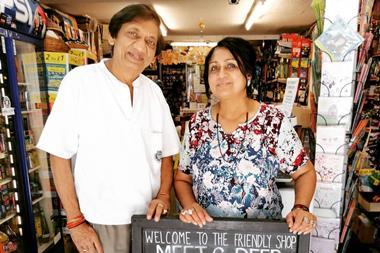

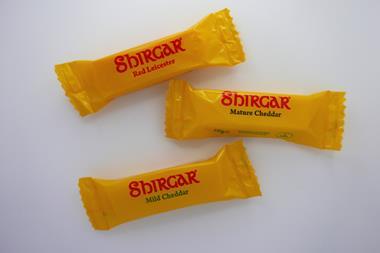

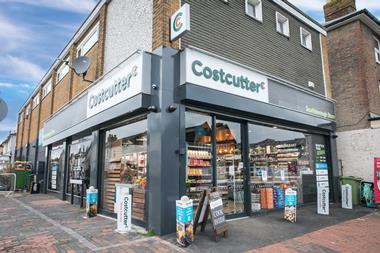
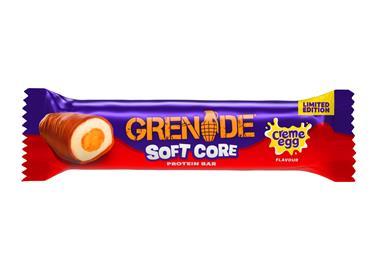






No comments yet